#c. 1530
Explore tagged Tumblr posts
Text
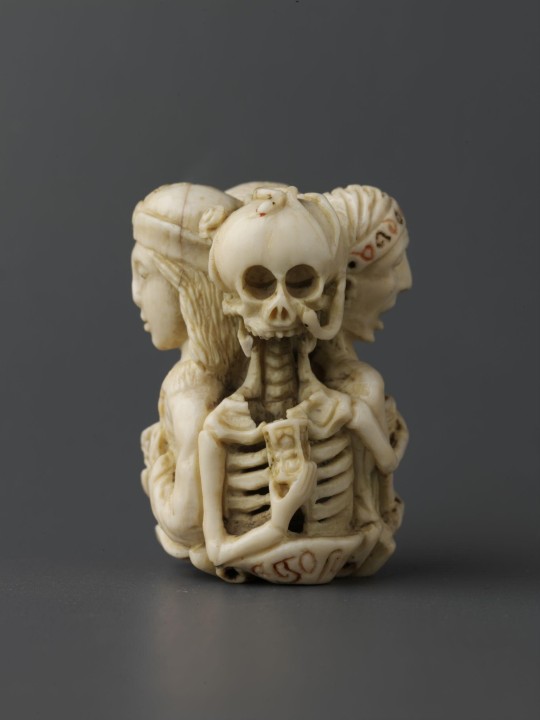
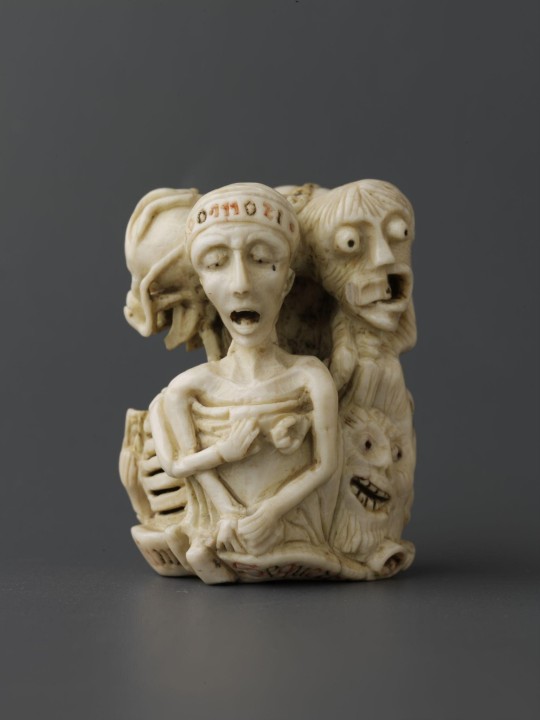
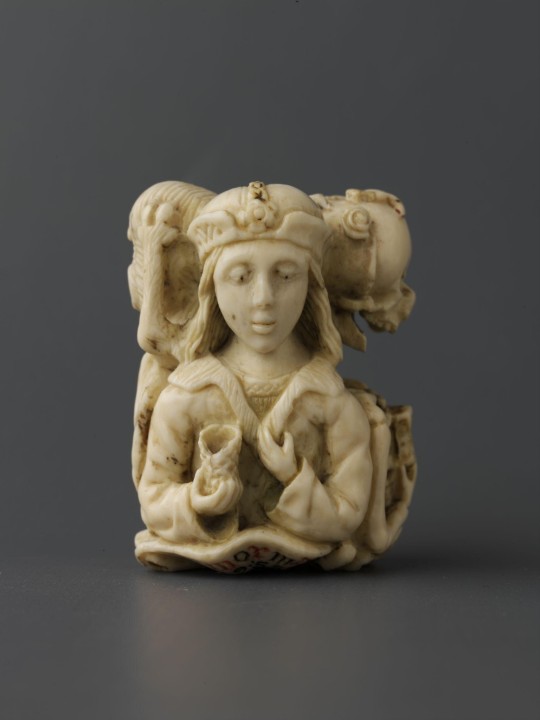
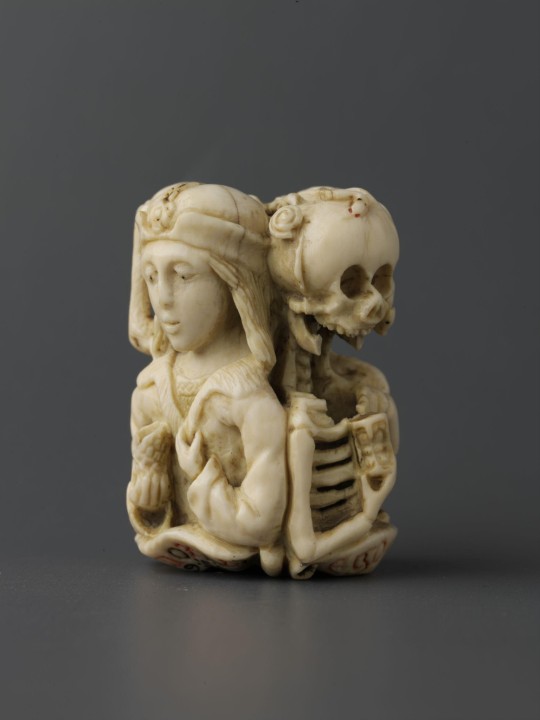
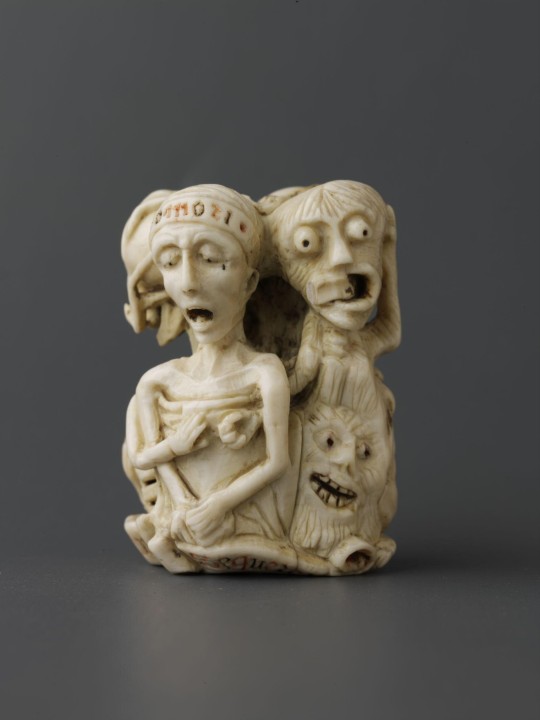
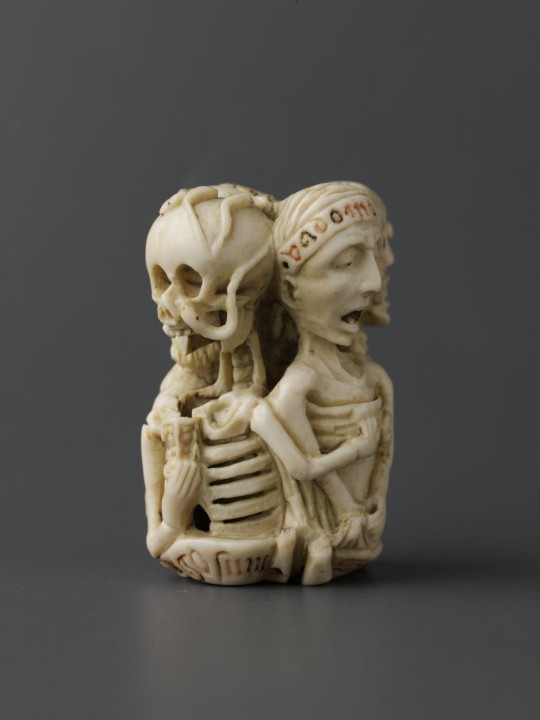
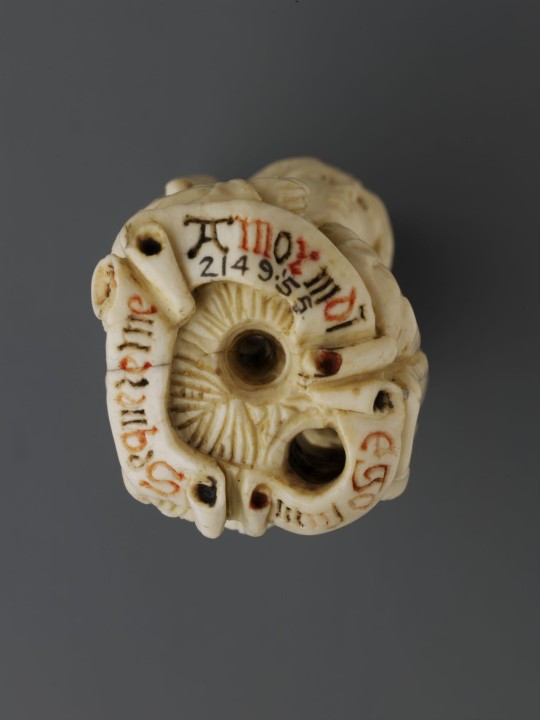
~ Rosary Bead. Pendant, memento mori from a chaplet or rosary.
Date: ca. 1520-1530
Medium: Carved elephant ivory with traces of red and black paint.
2K notes
·
View notes
Text
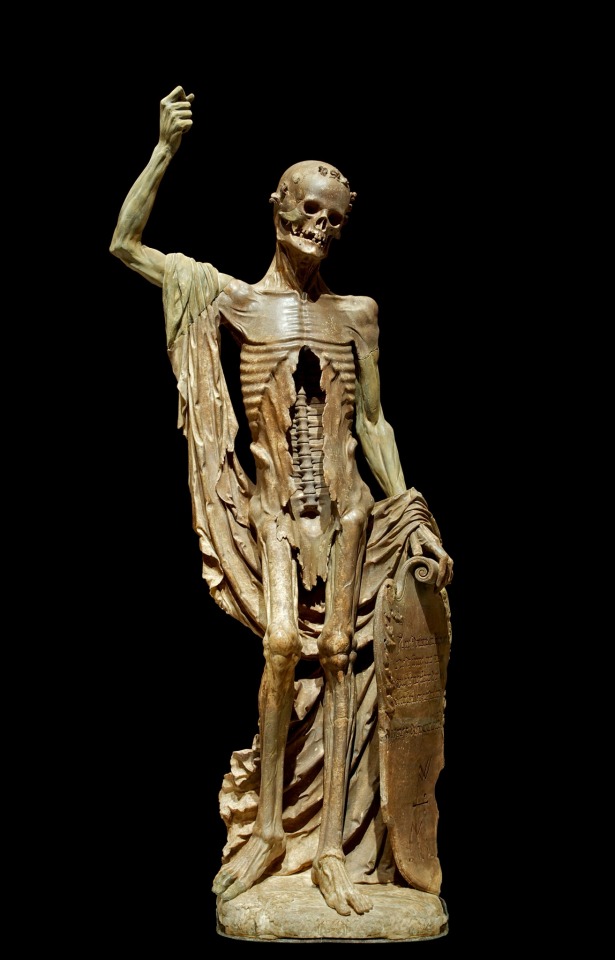
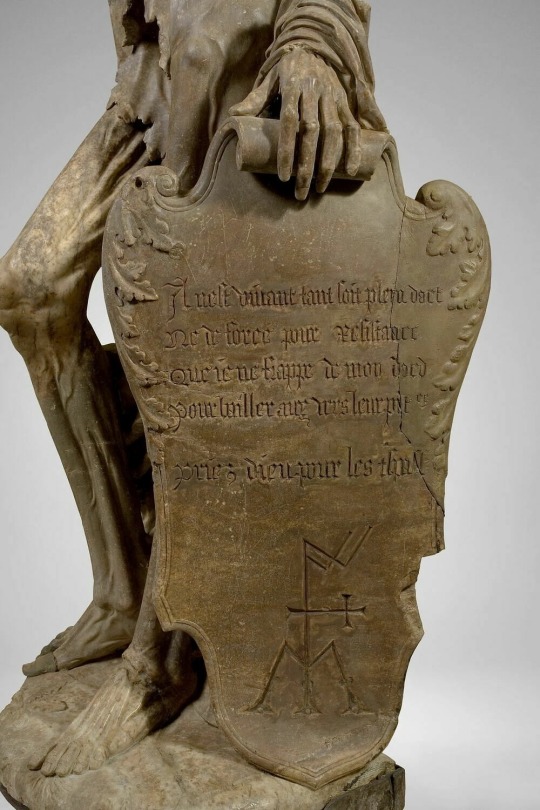
The Death of Saint Innocent
Inscription:
"Only living when in art
No strength or resistance
Who I hit with my dart
To send them into poverty
Pray to God for the trespassers"
#The Death of Saint Innocent#art#gothic art#alabaster sculpture#The Louvre#c.1520 to 1530#All Souls Day
82 notes
·
View notes
Text

4 notes
·
View notes
Text
the best henry viii era was the miranda priestly years.
#these were 1530-5. iy were wondering …#‘details of your incompetence do not interest me’#‘why is no one readd-y…’#also the concept of micro expressions being earth shattering lol#pursed lips? C A T A S T R O P H E
2 notes
·
View notes
Text
50 Terms of Endearment
This selection of words used as terms of endearment over the past thousand years shows several items that have stood the test of time, notably darling and dear, and some recurring motifs, such as those from the semantic fields of taste and the animal kingdom. But several belong to their own time: bawcock and bully, for example, are encountered in Shakespeare.
darling (c. 888) ⚜ dear (c. 1230) ⚜ sweetheart (c. 1290)
heart (c. 1305) ⚜ honey (c. 1375) ⚜ dove (c. 1386)
cinnamon; love (c. 1405) ⚜ mulling (c. 1475) ⚜ daisy (c. 1485)
mouse (c. 1520) ⚜ whiting (c. 1529) ⚜ fool (c. 1530) ⚜ beautiful (1535)
soul (c. 1538) ⚜ bully (1548) ⚜ lamb (c. 1556) ⚜ pussy (c. 1557)
ding-ding (1564) ⚜ lover (1573) ⚜ pug (1580) ⚜ mopsy (1582)
bun (1587) ⚜ wanton (1589) ⚜ ladybird (1597) ⚜ chuck (1598)
sweetkin (1599) ⚜ duck; joy (1600) ⚜ sparrow (c. 1600)
bawcock (c. 1601) ⚜ nutting (1606) ⚜ tickling (1607)
bagpudding (1608) ⚜ dainty (1611) ⚜ flitter-mouse (1612)
pretty (1616) ⚜ old thing (c. 1625) ⚜ duckling (1630) ⚜ sweetling (1648)
pet (1767) ⚜ sweetie (1778) ⚜ cabbage (1840) ⚜ prawn (1895)
so-and-so (1897) ⚜ pumpkin (1900) ⚜ pussums (1912)
treasure (1920) ⚜ sugar (1930) ⚜ lamb-chop (1962)
Source ⚜ More: Word Lists ⚜ Notes: On Love ⚜ Love Advice ⚜ "I love you" Word Lists: Love Pt. 1 Pt. 2 ⚜ Physiology of Love ⚜ Synonyms ⚜ Kinds of Love
Writing Resources PDFs
#love#writing reference#writeblr#dark academia#spilled ink#literature#writers on tumblr#writing prompt#poets on tumblr#poetry#writing prompts#langblr#language#words#linguistics#creative writing#writing inspiration#writing resources
6K notes
·
View notes
Photo
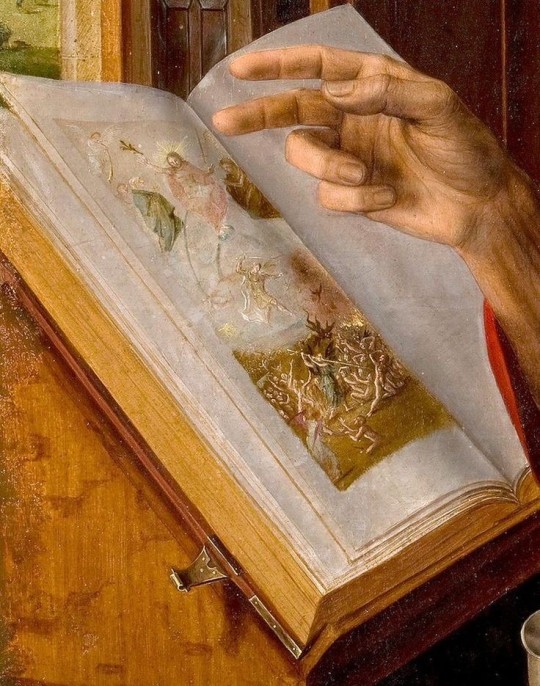
Saint Jerome (detail), c. 1530 - 1540. The workshop of Jan Massys (Flemish, 1509-1575) Oil on oak panel
2K notes
·
View notes
Text



st. christopher carrying the christ child // st. mary magadelene in a grotto
from a book of hours illuminated by simon bening, bruges, c. 1530-35 // size of the illuminations: 4.8 × 3.4 cm // (here's a cute video about this manuscript)
source: New York, The Met Cloisters, Inv. 2015.706, fol. 207v and 212v
#it's so tiny 😭😭 and soo detailed#16th century#simon bening#st christopher#child jesus#mary magdalene#st. mary magdalene#illuminated manuscript#medieval art
955 notes
·
View notes
Text

Saint Michael (Giulio Romano, c. 1530)
235 notes
·
View notes
Text

The Magdalen Weeping Master of the Magdalen Legend (c.1483–c.1530) (studio of) The National Gallery, London
95 notes
·
View notes
Text











THE BORGIAS (2011-2013) + opening sequence ↴ "The Borgias dynasty is synonymous with corruption during their rise to power and their struggles to hold on to it. Greed, theft, rape, murder, bribery, and incest all played a part in the story, so historic paintings served as a great way to hint at some of these tasty attributes [...] A fair amount of time was spent trying to find paintings that were both visually beautiful and menacing at the same time. We took some artistic liberty on when and where some of the paintings were created, so not all were Italian Renaissance artworks but because they had exactly the right feel for what we wanted we bent the rules slightly! The themes of the show were always in the back of my mind as I was compiling the selects so it was simply a case of choosing images that felt visually appropriate to the story and that looked great. By carefully cropping the paintings and showing only certain details we were able to create a loose narrative." — GARRY WALLER (designer)
The paintings:
— Philippe de Croy, Seigneur of Sempy by Rogier van der Weyden, 1399 - 1464 — Exposure of Luxury by Agnolo Bronzino, 1545 — Lucretia by Lucas Cranach the Elder, c. 1472-1553 — Judith with the head of Holofernes by Lucas Cranach the Elder, 1530 — Zaccaria in the Temple detail by Domenico Ghirlandaio, 1486-1490 — Farinata degli Uberti alla Battaglia del Serchio by Giuseppe Sabatelli, 1842 — Death of the Virgin by Caravaggio, 1604-1606 — Death and a Woman by Hans Baldung Grien, 1517 — Triumph of Neptune by Bon Boullogne, 1649-1717 — The Artist's Sister Elena Anguissola as a Nun by Sofonisba Anguissola, 1532-1625 — Execution Without Trial under the Moorish Kings in Granada by Henri Alexandre Georges Regnault, 1870
#i had to find each of them in the best quality possible because they're so pretty to stare at#the opening is incredibly glorious but they lowkey dropped the ball when they inserted footage from the show rip#the borgias#painting#renaissance art#italian renaissance#renaissance#15th century#portrait#art#cesare borgia#lucrezia borgia#italian art#historical#history#caravaggio#vatican#italian history#art history#artwork
130 notes
·
View notes
Text

St Justina of Padua with a Donor by Moretto da Brescia, c. 1530
#moretto#italian renaissance#renaissance art#saints#st justina#unicorns#Moretto da Brescia#Alessandro Bonvicino Moretto#art#painting#fine art#classic art#curators on tumblr#art history#1530s#16th century art#*
65 notes
·
View notes
Text

Allegory of Fortune by Giovanni di Niccolò de Lutero, called Dosso Dossi
Italian, c. 1530
oil on canvas
J. Paul Getty Museum
#allegory#fortune#chance#cornucopia#Renaissance#Italian#Italian Renaissance#School of Ferrara#Giovanni di Niccolò de Lutero#Dosso Dossi#painting#art#art history#Getty Museum#J. Paul Getty Museum
146 notes
·
View notes
Text
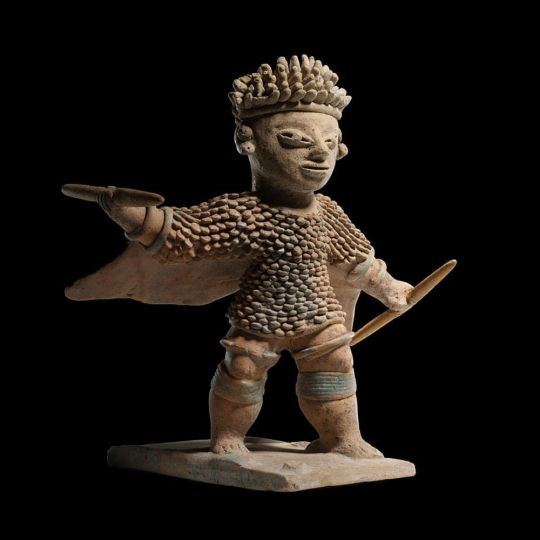
winged figure, probably a traveling shaman | c. 500 BCE - 1530 CE | jama-coaque culture (modern-day manabi, equador)
in the museo casa del alabado
#ancient art#pre columbian art#jama coaque#ecuador#ecuadorian art#iron age#middle ages#ancient ecuador
70 notes
·
View notes
Note
could you, perhaps, talk a bit about Middle English? thank you, you're so cool
Writing Notes: Middle English
Middle English alphabet

The chronological boundaries of the Middle English period:
Not easy to define, and scholarly opinions vary.
The dates that OED3 has settled on are 1150-1500.
Before 1150 being the Old English period, and after 1500 being the early modern English period.
In terms of ‘external’ history, Middle English is framed at its beginning by the after-effects of the Norman Conquest of 1066, and at its end by the arrival in Britain of printing (in 1476) and by the important social and cultural impacts of the English Reformation (from the 1530s onwards) and of the ideas of the continental Renaissance.

Two very important linguistic developments characterize Middle English:
in grammar, English came to rely less on inflectional endings and more on word order to convey grammatical information. (If we put this in more technical terms, it became less ‘synthetic’ and more ‘analytic’.) Change was gradual, and has different outcomes in different regional varieties of Middle English, but the ultimate effects were huge: the grammar of English c.1500 was radically different from that of Old English. Grammatical gender was lost early in Middle English. The range of inflections, particularly in the noun, was reduced drastically (partly as a result of reduction of vowels in unstressed final syllables), as was the number of distinct paradigms: in most early Middle English texts most nouns have distinctive forms only for singular vs. plural, genitive, and occasional traces of the old dative in forms with final –e occurring after a preposition. In some other parts of the system some distinctions were more persistent, but by late Middle English the range of endings and their use among London writers shows relatively few differences from the sixteenth-century language of, for example, Shakespeare: probably the most prominent morphological difference from Shakespeare’s language is that verb plurals and infinitives still generally ended in –en (at least in writing).
in vocabulary, English became much more heterogeneous, showing many borrowings from French, Latin, and Scandinavian. Large-scale borrowing of new words often had serious consequences for the meanings and the stylistic register of those words which survived from Old English. Eventually, various new stylistic layers emerged in the lexicon, which could be employed for a variety of different purposes.
One other factor marks out the bulk of our Middle English evidence from the bulk of our Old English or early modern English evidence, although it is less directly a matter of change in the language than in how it is represented in writing:
the surviving Middle English material is dominated by regional variation, and by (sometimes extreme) variation in how the same underlying linguistic units are represented in writing.
This is not because people suddenly started using language in different ways in different places in the Middle English period, but because the fairly standardized late Old English literary variety broke down completely, and writing in English became fragmented, localized, and to a large extent, improvised.
Some Terminology
Great Vowel Shift - A systematic change in the long vowels in late Middle English that resulted in a new array of vowels, which includes diphthongs and tense vowels but which no longer generates a systematic distinction for length. Also called the Tudor Vowel Shift.
Lengthening - The change of a short vowel to a long vowel; it took place systematically during Middle English.
Levelling - The loss of distinctions in inflected endings, especially in early Middle English.
Thorn - A letter from the Germanic runic alphabet added to the Latin alphabet in Anglo-Saxon England to transcribe dental fricatives. It was used through the Middle English period and was gradually replaced by the sequence [th].
Wynn - A letter form adapted from the Germanic futhorc to indicate the sound [w] in the writing of Old English. It was used up to the Middle English period.
Yogh - A letter form used in Middle English and derived from the earlier insular letter form for [g]. In Middle English it was used for one of several consonant sounds.
Sources: 1 2 3 4 5 6 7 ⚜ More: Notes ⚜ Writing Resources PDFs
Some French Loans in Middle English Part 1 2
Some Renaissance & Latin Loan Words in Middle English
"Beautiful" Middle English Words
You are too sweet (I'm farthest away from the definition of "cool" haha). Do go through the links above for more details as well as an online Middle English dictionary. Hope this helps with your writing!
#anonymous#middle english#literature#writers on tumblr#writeblr#writing reference#dark academia#langblr#spilled ink#writing prompt#creative writing#writing inspiration#language#linguistics#history#writing resources
116 notes
·
View notes
Photo




Saint Jerome (detail), c. 1530 - 1540. The workshop of Jan Massys (Flemish, 1509-1575) Oil on oak panel
175 notes
·
View notes
Text


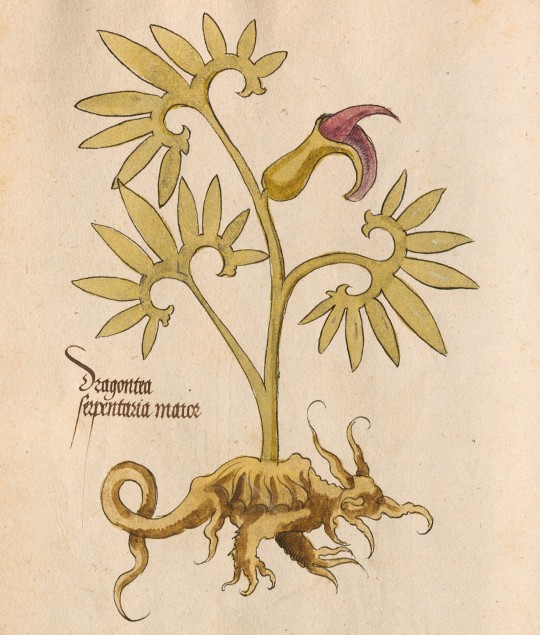

strangely shaped roots
in a book of medicinal plants, bavaria, c. 1520-1530
source: Munich, BSB, Cod.icon. 26, fol. 18v, 15v, 46v and 60v
#none of these are mandrakes#16th century#herbal#medicinal plants#roots#plants#illuminated manuscript
1K notes
·
View notes